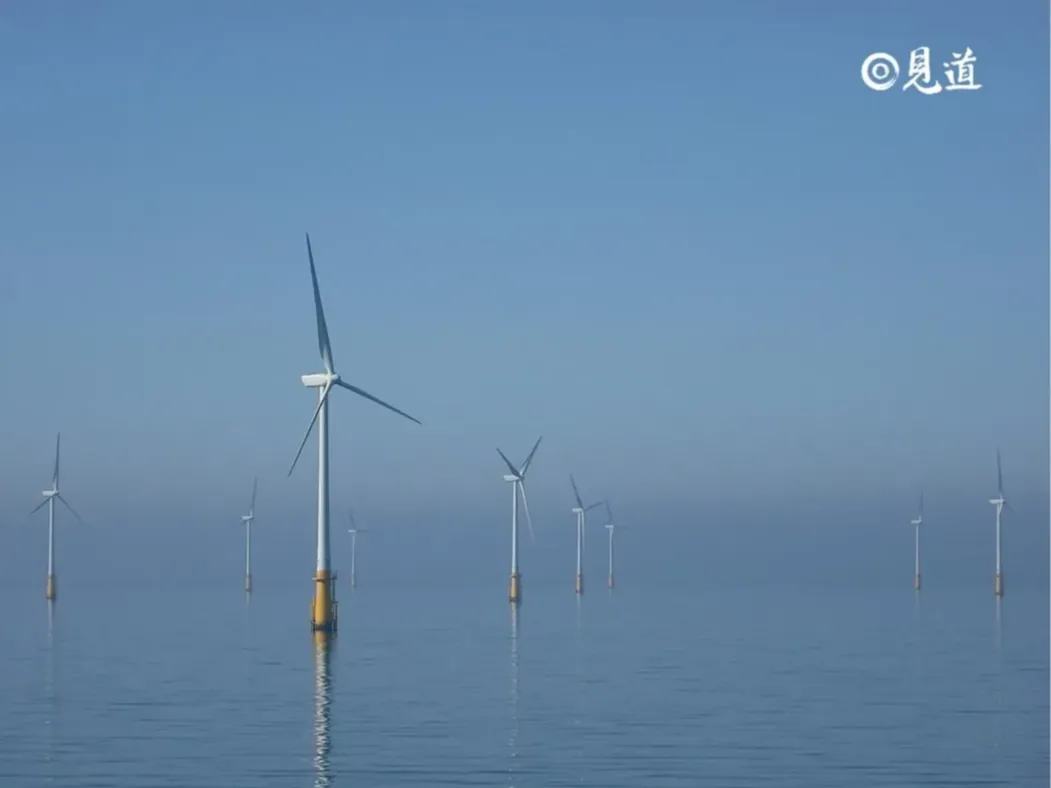- The plant is still in the planning stage, but it is supported by the Regional Office of the Regional Agency and the City of Gilsing

In Germany, floating PV installations are still fairly rare and generally on a smaller scale. Several megawatt-scale projects are under development or construction, but the German Renewable Energy Act (EEG) stipulates that solar modules can only cover a maximum of 15% of the water surface. Developers must also maintain a minimum distance from the coast, making many floating solar projects difficult or even uneconomic.
However, German startup Sinn Power has found a solution that makes some projects feasible. The company plans to build what it claims is the world's first floating photovoltaic system with vertically mounted solar modules.
The project will be built on a gravel pit lake in Girching, Bavaria. The plant is still in the planning stage, but it has the strong support of the regional agency gwt Starnberg GmbH, the Starnberg regional Office and the municipality of Gilchen.

Anchoring and lake preparation work for the Gilsing Gravel Pit is scheduled to begin on August 1. Construction of the 1.8MW floating solar installation will begin in September.
The company will use its patented 2500 "Floating SKipp" installation system for this project. They will be placed in an east-west direction. Nearly 2,500 solar modules will be installed in the photovoltaic system. Sinn Power said the distance between the two rows of components was about 3.90 meters.
The proposed system architecture reduces the surface area occupied by water. More solar modules can be installed without exceeding EEG requirements, so smaller bodies of water are also suitable for such floating PV systems.
"The vertical installation of these modules revolutionizes the use of solar power in artificial inland waters and redefines the 15 percent legal requirement," the company said.

The east-west orientation of the solar modules shifts power production to the morning and afternoon. Most of the solar power will be used directly at the Gilchen gravel plant, with the remainder being injected into the grid.
"This project is innovative. It is relatively easy to implement as it does not require any land and is perfectly adapted to our power plants. The power plant works during the day, especially during the sunniest months of March to December, so it can generate the maximum amount of electricity." Gottfried Jais, director of Kies-und Quetschwerk Jais, the company that operates the gravel pit, said: "We are interested in the topic of energy storage and conversion and are eager to see if a viable and economical solution will soon be available." Editor/Xu Shengpeng
Comment
 Praise
Praise
 Collect
Collect
 Comment
Comment
 Search
Search














Write something~